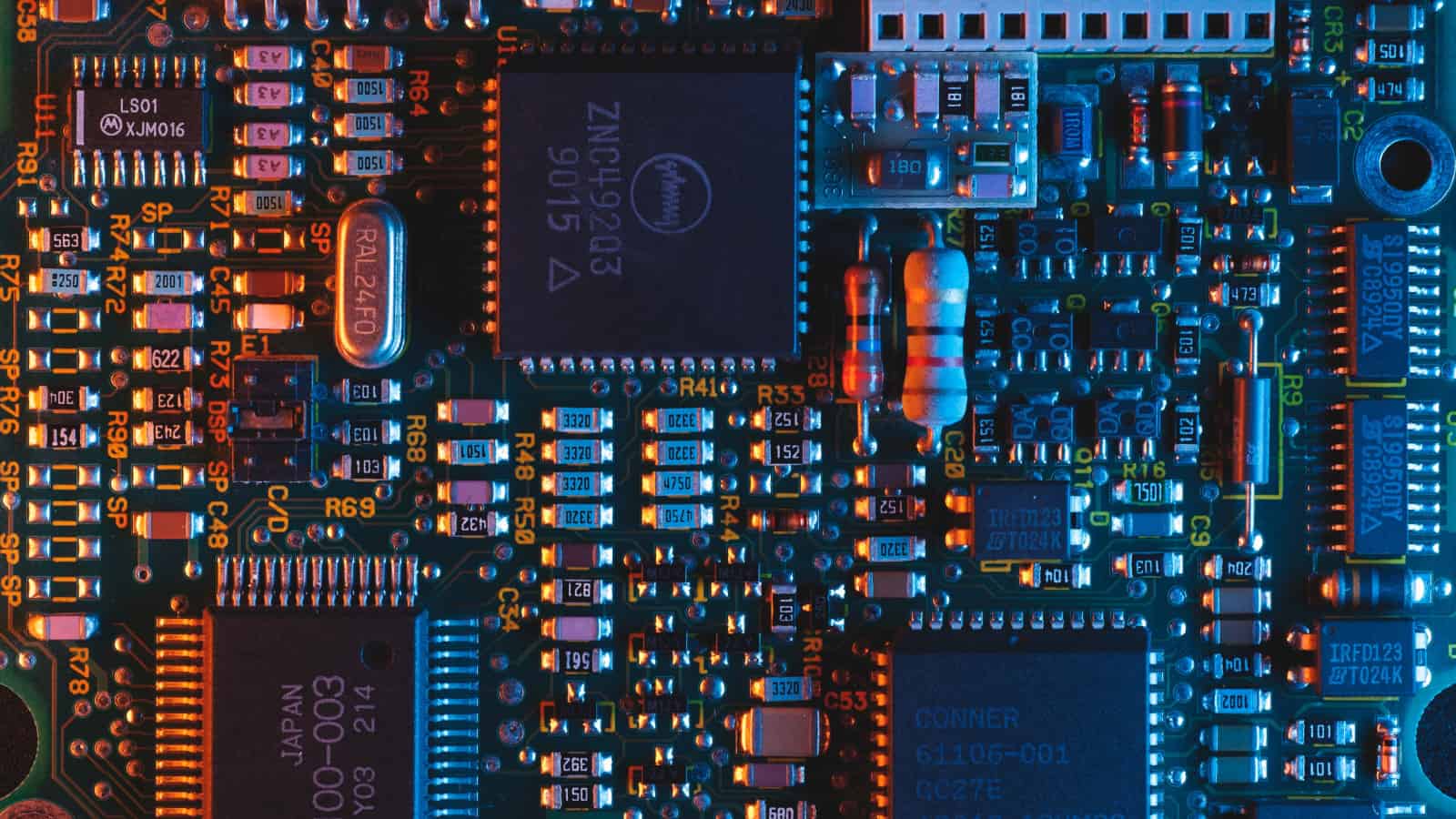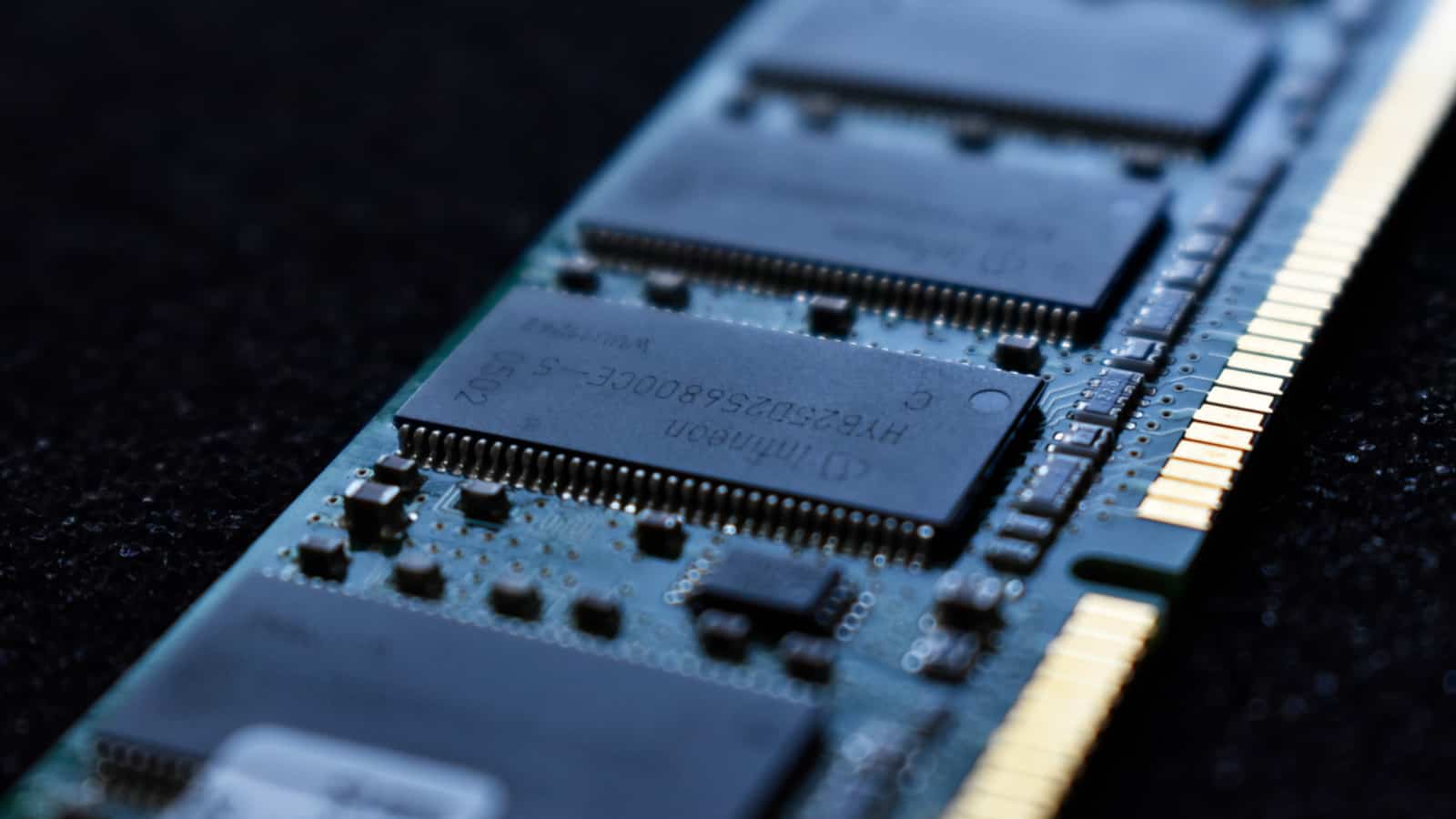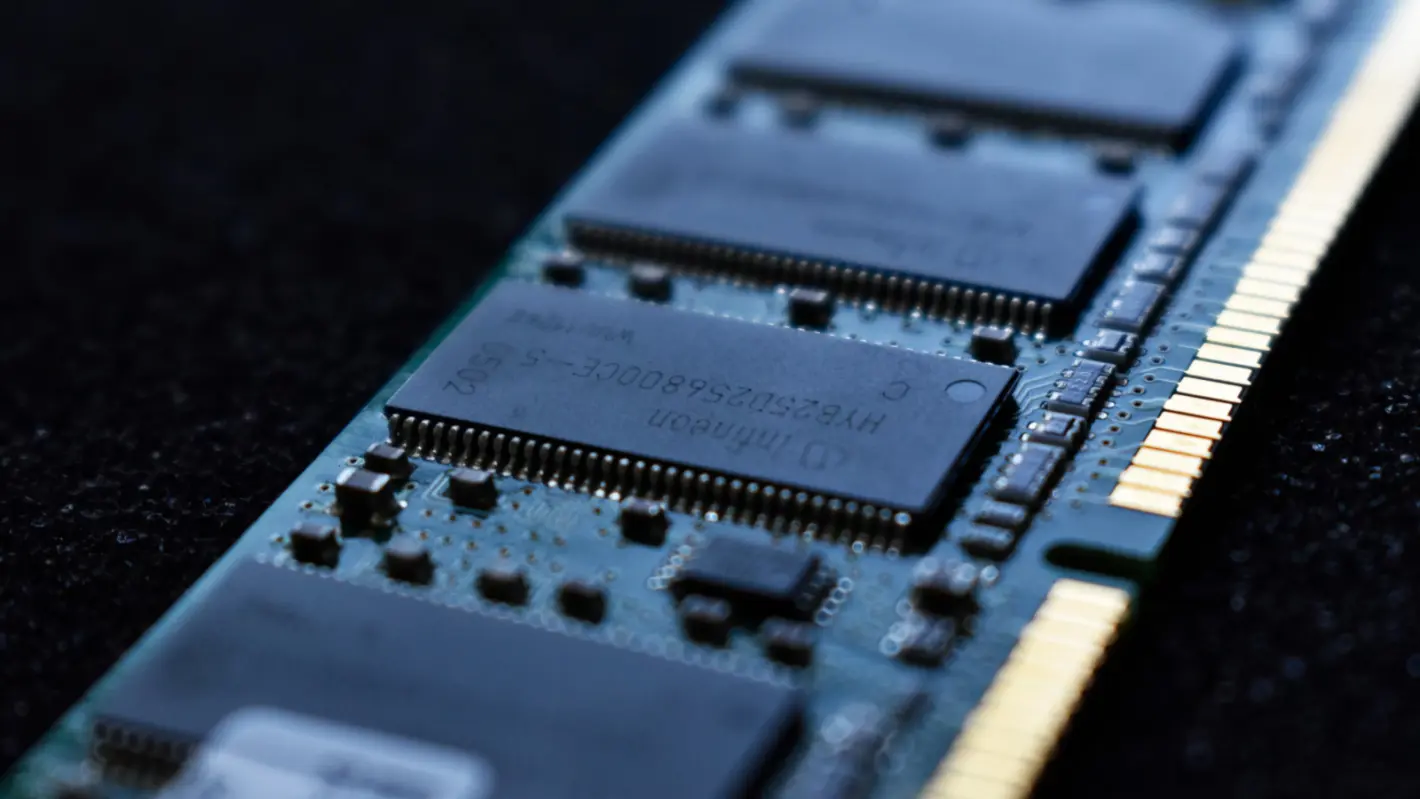With devices coming out with more and more RAM, that’s a statement that you’ve probably come across multiple times. To the uninitiated, it could just be another number in the torrent of specs being flung at you when a new phone, tablet, or computer comes out. But, what is RAM? Why is it important? How does having more of it make a device more powerful?
This is what we’re going to explain here. In this piece, we’re going to go over these questions and more that you might have about RAM. Knowing this could be make-or-break when choosing your next device. This could help you understand what’s running your computer, gaming console, phone, or other device. So, let’s dive in.
What is RAM?
So, let’s start off with what this term means. RAM is an acronym meaning Random Access Memory. Just like your computer’s storage device (hard drive, SSD, SD card, flash drive, etc.), RAM stores data in the form of binary code. However, it serves a different purpose than storage.

What’s it used for?
Storage is perfect for storing data to be held for extended periods of time. When you install a program on your computer, (let’s say a paint program) you’re going to be using it multiple times over an extended period of time. That program and its files are saved to the storage.
However, RAM is all about the here and now. Let’s say you want to paint using the program. Well, what’s happening? You’re picking colors, drawing lines, adjusting the UI, changing settings, fixing mistakes, picking tools; you’re making quick changes in real-time. The issue is that you can’t access and make changes to your storage that quickly. You need a form of memory that can be changed and affected at a moment’s notice.
This is where RAM comes in. As per its name, it can be accessed randomly. When you open the program, that program is loaded into the RAM so that everything you do will be reflected in real-time. Everything you do in the program affects what’s loaded into the RAM. This doesn’t only apply to programs; many of the basic functions that keep your device’s operating system running are loaded into RAM. If you didn’t have RAM, your device wouldn’t be able to run.
Why more RAM is better
Let’s use an analogy; think of your device as a house. You store a lot of furniture, appliances, devices, and other items in the living room. This is where you live, so you can readily access these items at a moment’s notice, and you NEED to. Now, think of the basement as the storage.; you’re keeping items down there for long periods of time, and you don’t need to access them at a moment’s notice.
When you use programs on your computer, you’re loading data onto your RAM. Imagine this as placing more items inside your living room. The more programs you load up, the more RAM you use. So, imagine loading more items into your living room.

Space
Eventually, you’re going to run out of space. When you run out of RAM, your device will start closing programs you had running before to make room for the programs you’re loading in now. This is similar to taking the older items and placing them outside to make room for new furniture.
So, as you can imagine, having more RAM is just like having a larger living room. The more you have, the more programs you can have running without needing to close.
Where does the basement come into play? Well, some devices will actually use some of the storage as backup RAM. A device could have 8GB of RAM and actually borrow several gigabytes from the storage.
Circling back to our house analogy, when the living room gets full, instead of chucking the items on the lawn, you’ll place some of the furniture in the basement to access later. Not every device does this, but it can really help.
What does the “DDR” stand for?
When you see that a new device comes out, you’ll sometimes see the term “DDR”. For example, you’ll see “16GB of DDR5 RAM”. But, what does that mean? Why do companies want you to get hyped about higher DDR numbers?
First, a quick lesson in clock speed
When you’re looking at a CPU’s specs, you’ll typically see its clock speed, a number measured in hertz (Hz), kilohertz (kHz), megahertz (MHz), or gigahertz (GHz). That’s its clock speed. It’s the number of pulses a CPU gives off every second. We won’t dig too deeply into that, as that’s not relevant to the article (here’s an informative video). When each pulse happens, also called a clock cycle, the CPU sends out one or several instructions.

Clock cycles are divided into upbeats and downbeats. Each cycle starts on an upbeat, and the halfway point between each pulse is a downbeat. It’s analogous to clapping hands. When your hands make contact, it’s an upbeat and when your hands are furthest apart, it’s a downbeat.
With that out of the way, let’s talk about DDR
DDR, or Double Data Rate, RAM was invented in 2000, and it took off after just a couple of years. Before, computers used SDRAM (Synchronous Dynamic Random-Access Memory). Both of these terms deal with how and when the RAM sends data to the CPU.
This is where the above lesson comes into relevance. SDRAM was perfectly synced with the CPU; the RAM chip would only send data to the CPU once every clock cycle.
Enter DDR
However, DDR RAM (Dual Data Rate) broke that mold. Not only would it send data on the upbeat, but it’d also send data on the downbeat. This doubled the speed of the RAM, making the rate you can access it much faster.
As time went on, there were new generations of DDR RAM to come out. Each generation increased the speed of the RAM. DDR2 doubled the speed of DDR, DDR3 doubled the speed of DDR2, and so on.

Not only did future generations of DDR RAM increase the speed, but they also decreased the power consumption. While they’re small, the chips in your device consume a lot of energy. Every time the RAM sends data to the CPU, it uses a little bit of energy. One cycle doesn’t consume a lot of energy, but remember, cycles happen millions and billions of times every second. That doesn’t matter as much if your device is plugged in, but it can be a factor if your device is on battery.
DDR 1 RAM has an operating voltage of about 2.6V and DDR5 RAM has an operating voltage of 1.1V. That’s about a 56% reduction in power consumption.
What about LPDDR RAM?
LPDDR (Low-Power Dual Data Rate) RAM is designed for mobile devices like phones and tablets. While it has “DDR” in its name, the technology has actually evolved independently from DDR technology. In fact, it’s actually closer to SDRAM in that it syncs with the CPU. It’s meant to consume less energy than DDR RAM, as it’s in devices that are battery-powered.
To wrap things up
That was a rundown of the memory that’s probably powering the device you’re reading this article on. Hopefully, you now have a deeper understanding. RAM technology will improve as time goes on, and you’re now equipped to know what’s coming next.

